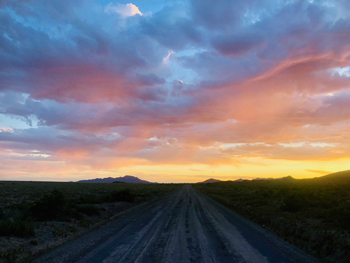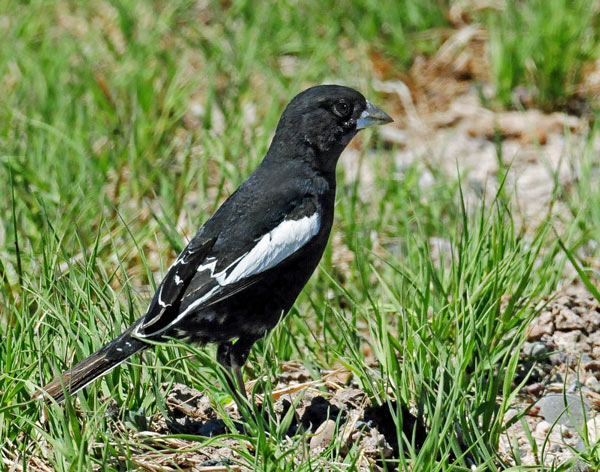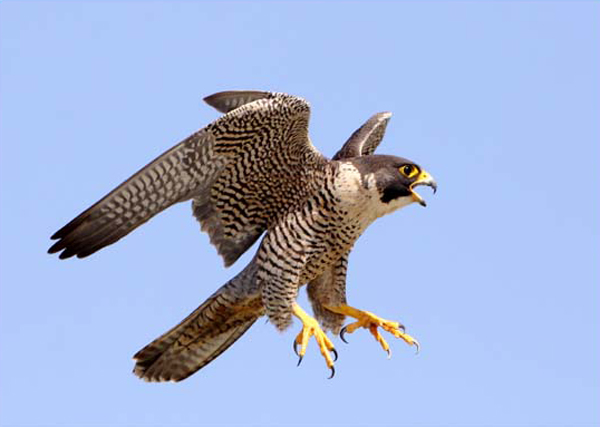Utah County Birders
Newsletter
|
||||||||||||||||||||||||||||||||||||||||||||||||||||||||||||||||||||
 |
Contents
Monthly Meeting
Upcoming Field Trips
Captain's Log
Bird of the Month
Field Trip Reports
Printable Version
Thursday,
July 11th: FIELD TRIP JULY 11, 2019 9:30 pm
So for our monthly meeting we will meet at Payson Canyon Kiwanis Park ( Beer can
flats). We will try for Owls!
Map
July 20th at 7:00 am - Diamond Fork Canyon
Meet at the Chevron on Powerhouse Rd at the mouth of SF canyon at 7:00 am. Bring a lunch!
|
Utah County Birders
Captain’s Log - July 2019 by Keeli Marvel |
|||
|
Hello birders! Welcome to July! With the cold wet
spring we just had it sure feels like we just went straight from winter into
summer, and here we are. I hope you all got out to see some birds this
spring and enjoy the spring weather! |
|||
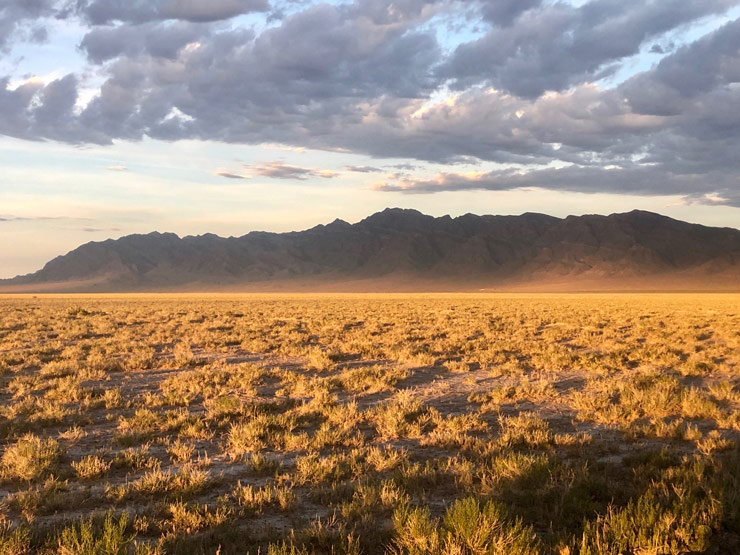 |
|||
|
A couple weeks ago now Sam and I did our breeding bird survey route out at Fish Springs NWR. The count starts at one of the Pony Express markers east of the refuge and runs 25 miles into and around the refuge. We usually see a pretty good range of species on the count, and we got a decent number this year as well. The water levels are really high this year so the mudflats weren’t as extensive, so our shorebird numbers were down. We did find two SNOWY PLOVER and a surprise
PEREGRINE FALCON perched on the road. Other
highlights include tons of SAVANNAH SPARROWS, several BLACK-CROWNED NIGHT
HERONS, CASPIAN and FORSTER’S TERNS, a heard only AMERICAN BITTERN, a COMMON POORWILL and several COMMON NIGHTHAWKS, a SHORT-EARED OWL in between points
at the beginning of the route, tons of COMMON YELLOWTHROATS, and a WILSON’S
PHALAROPE, LONG-BILLED CURLEW, and a trifecta of sparrows: BREWER’S SPARROW,
BLACK-THROATED, and LARK SPARROWS. Overall it was a good count with decent
numbers.
Fish Springs. As we were driving out toward the gate a male LARK BUNTING
flew across the road! Then again the next day we spotted it in almost the
exact same spot keeping company with the local HORNED LARKS. It was quite
possibly the easiest lifer Sam has ever gotten and we were stoked. |
|||
|
|
||||||||||||||||||||||||||||||
|
|
||||||||||||||||||||||||||||||
|
|
||||||||||||||||||||||||||||||
|
13 June 2019 June Meeting Field
Trip - Warm Springs WMA
|
||||||||||||||||||||||||||||||
| For our June meeting we decided to do a field trip. Twenty-four birders met with a threatening summer thunder storm looming over Warm Springs WMA. | ||||||||||||||||||||||||||||||
 |
||||||||||||||||||||||||||||||
|
The American Bittern was a no show, I am sure he didn't like the rain drops! We felt lucky to see a few Common Yellowthroats, Barn Swallows, Yellow Warblers, American Robins, Western Kingbirds, a Northern Harrier, Red-winged Blackbirds, a couple fly by's of Common Nighthawks a Northern Harrier and a Great Blue Heron. |
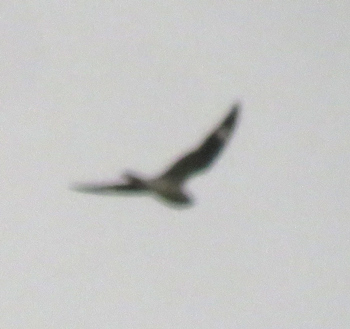 Common Nighthawk |
|||||||||||||||||||||||||||||
|
I heard a metallic unfamiliar call, so Keeli and Terri came over to help and it was a beautiful FOY Eastern Kingbird for many. We called out my Virginia Rail friends, They were talkative but no shows. At the end of the road we scanned the fields for a Short-eared Owl but I think they were hunkering down from the storm as well. |
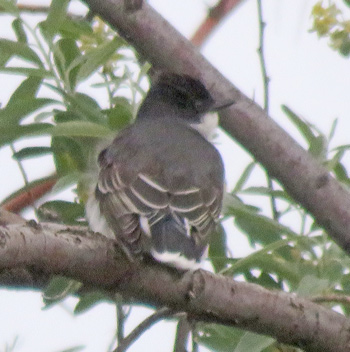 Eastern Kingbird |
|||||||||||||||||||||||||||||
|
We drove down to the "Goshen Ocean" ( East Goshen Pond) and saw Gadwall and Cinnamon Teal with little ones, Northern Pintail, American Avocets, some good looks at Wilson's Phalaropes, Canada Geese with goslings, Black-necked Stilts, Killdeer, more Common Nighthawks, California Gulls and lots and lots of crazy Willet's! We had a few new comers and I hope they felt welcome! Good times and good birds despite the weather! |
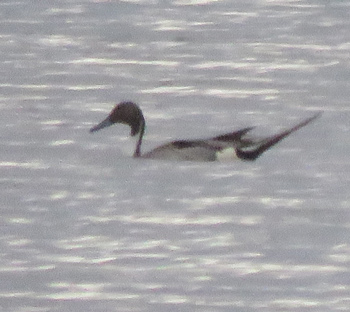 Northern Pintail |
|||||||||||||||||||||||||||||
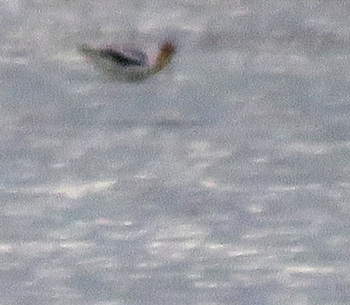 Distant American Avocet |
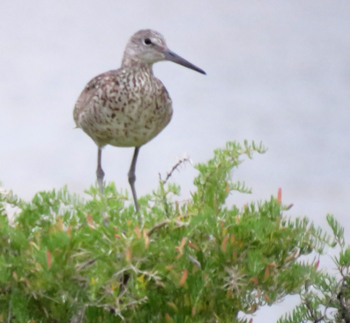 "Crazy" Willet |
|||||||||||||||||||||||||||||
